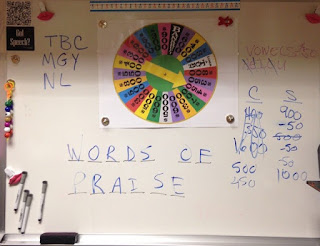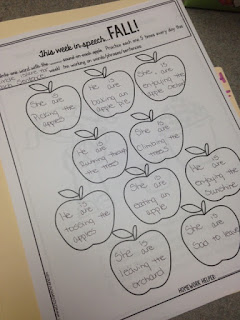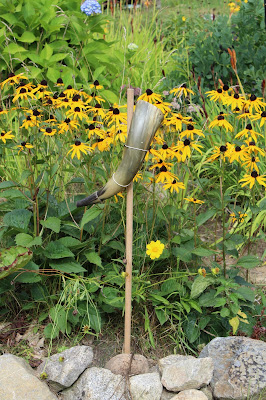My first job as an SLP in 1983 was in a high school. I was 22 years old and my students were 18 years old! Believe me when I say I felt in over my head. That became very apparent as I drove my 1973 "three on the tree" Pontiac Ventura into the faculty lot and was reprimanded and told to park in the student lot. Of course I indignantly responded that I was the Speech-Language Pathologist! Ohhhh, to be asked for a hall pass today!
I knew in that first year that I needed to engage those students or I was sunk. Many of the techniques I utilized then I still use today. If it ain't broke, don't fix it, right? Kids love real games. I love real games. Now please don't misunderstand. I don't modify my goals to fit a game, I modify a game to fit my goals (Thank you Dr. Lissa Power-deFur for the words to highlight that distinction). Games are a means to an end and a motivator. The last thing we need is an eighth grader boldly announcing he played a game in speech! One of my past middle school students referred to my modified games as "Doyle-ified!" I now have a folder on my computer containing all my Doyle-ified games. Favorite games include: Boggle, Battleship, Jenga, Yahtzee, Uno, Bananagrams, and Connect Four. Pam Dahm of Small Talk Speech has created the perfect compliment to Bananagrams. It can be found here.
Years ago I purchased boggle cubes and scrabble letters in bulk on eBay. My students really enjoy using these to create vocabulary crosswords around a theme. This past Martin Luther King, Jr. Day we used these to learn civil rights vocabulary.
I love the Expanding Expression Tool, but find the materials in the book a little young for my older set. In order to utilize this amazing program I often create motivating materials that "expand" the Expanding Expression Tool. Pictured below are two Uno games and some St. Valentine's Day hearts.
Sometimes it's the simple things that motivate students. Things like buzzers and bells that capitalize on a tween's competitive side. I found these game show buzzers from Learning Resources and they add just the right amount of fun to any activity. They can be found online here. Tossing objects into cups, bowls, cans, trash bins as reinforcement is also loads of fun.
While they can be labor intensive to prepare, craftivities and cooking generally appeal to middle school students. My line of questioning when using craftivities or recipes often follows Bloom's Revised Taxonomy. These activities target vocabulary, sequencing, executive functioning, higher order thinking, auditory comprehension, verbal expression and more. A creative SLP can target any goal with a craftivity or recipe.
 |
| Find this free craftivity here. |
Sometimes just doing something that a student thinks is verboten can be motivating. That's when we write on the table with dry erase markers or pop balloons or throw task cards on the floor or play vocabulary kick ball.
 |
| Expanding Sentences |
I always save the best for last. Every year during the last week of school the youngest to the oldest students on my caseload play Wheel. Of. Fortune. I find all the music and sound effects used, online, and we target multiple meanings, figurative language, vocabulary, synonyms, antonyms, categorization, articulation and on and on. My students anticipate a fun-filled week and it is a wonderful way to wrap up the school year.
Motivating middle school students can be a daunting task, but I do love working with this age. They appreciate humor and when motivated can be a breath of fresh air. They can also be exasperating. I find I have to always be mindful of what is happening in their lives, socially, physically, emotionally, economically, and intellectually. Those kids, like us, entered this world whole, and their experiences, like ours, cause them to behave in the ways they behave. When working with a challenging student I remember always, "this child is a child of God."


































